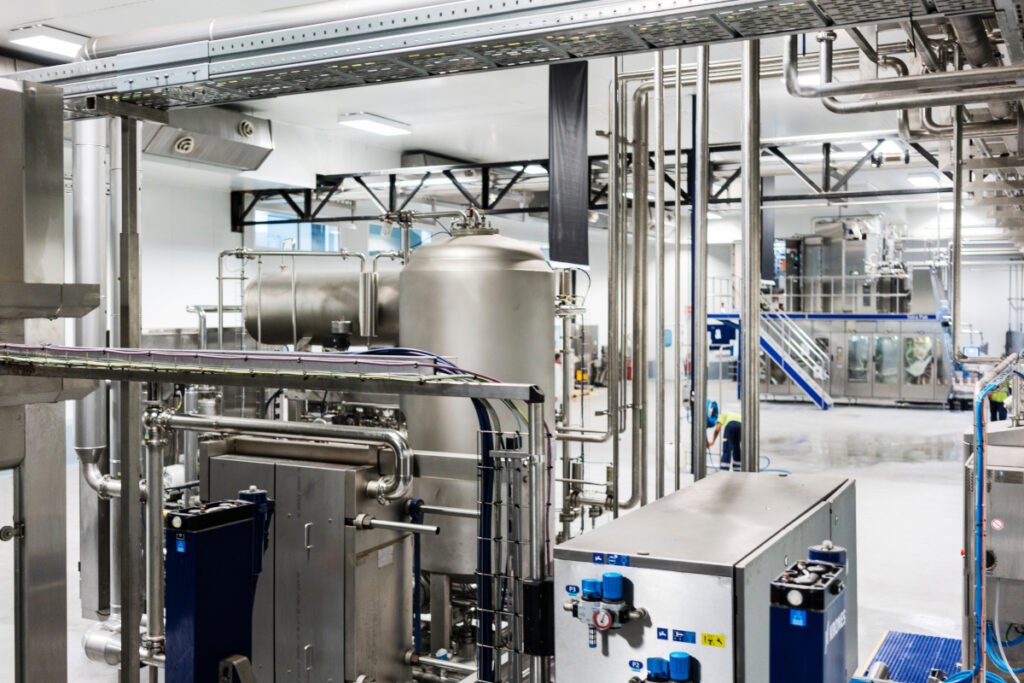Process Commissioning: how to get it right – part 1
Your innovative product can only be made if you buy, install and start-up a new process? How do you ensure that your expensive new equipment will deliver? Whether it’s just one piece of equipment or a whole new process, you’re going to need to be good at Process Commissioning and Start-up. If you’re not, you risk making expensive mistakes that impact your business.
This is the first of two articles to help you get Process Commissioning and Start-up right. You can find part 2 here.
What is it?
Before we get going, I should be clear about what this article covers. Industrialising a new process is such a vast subject I need to focus on a small part of it. I’m talking specifically about something I call Process Commissioning and Start-up.
It starts with new process equipment installed and mechanically and electrically tested. But it has not yet been cleaned, filled with any product or run in any meaningful way. For those of you with some experience in industrialisation, it starts after mechanical completion and includes pre-commissioning.









